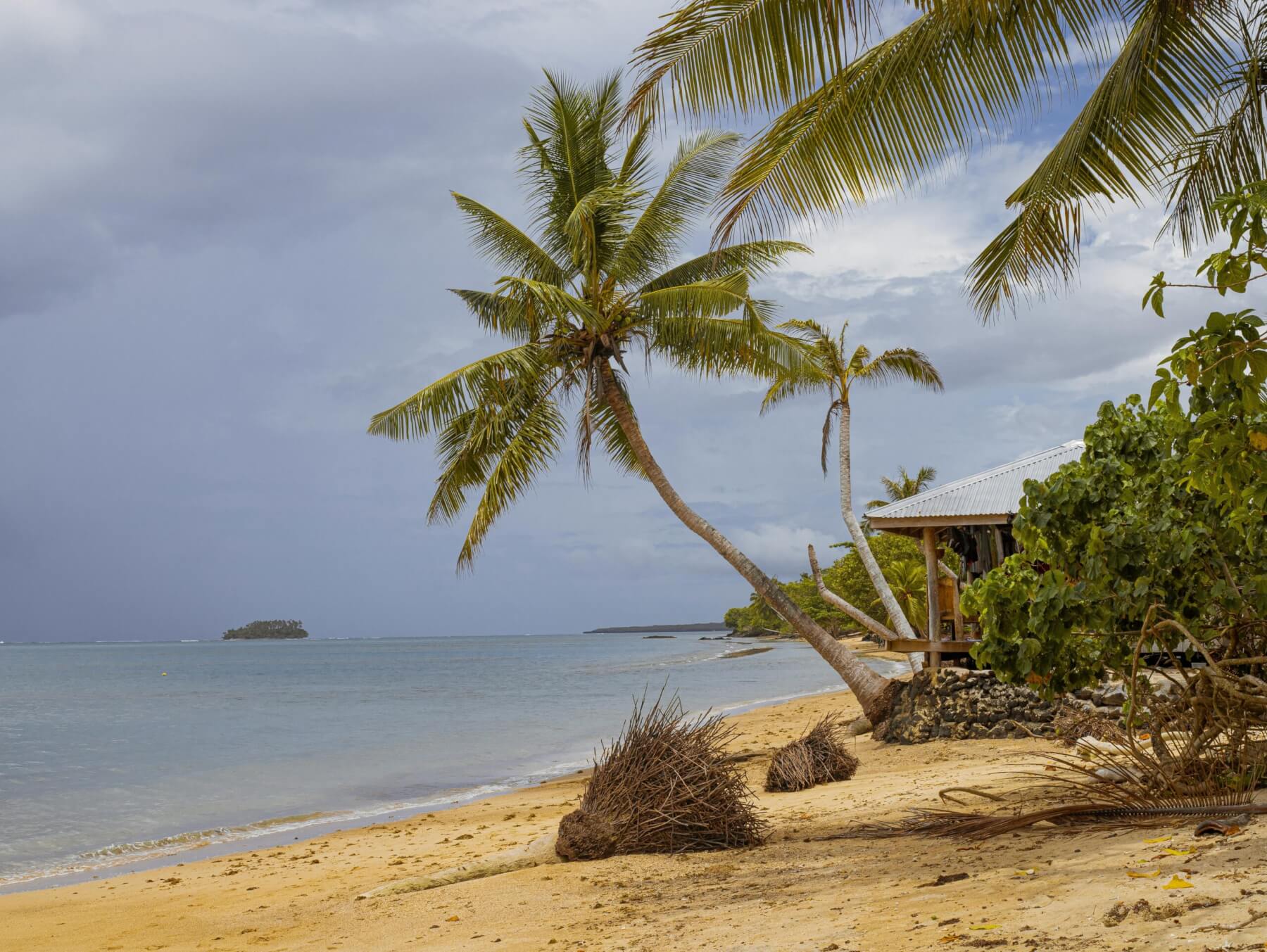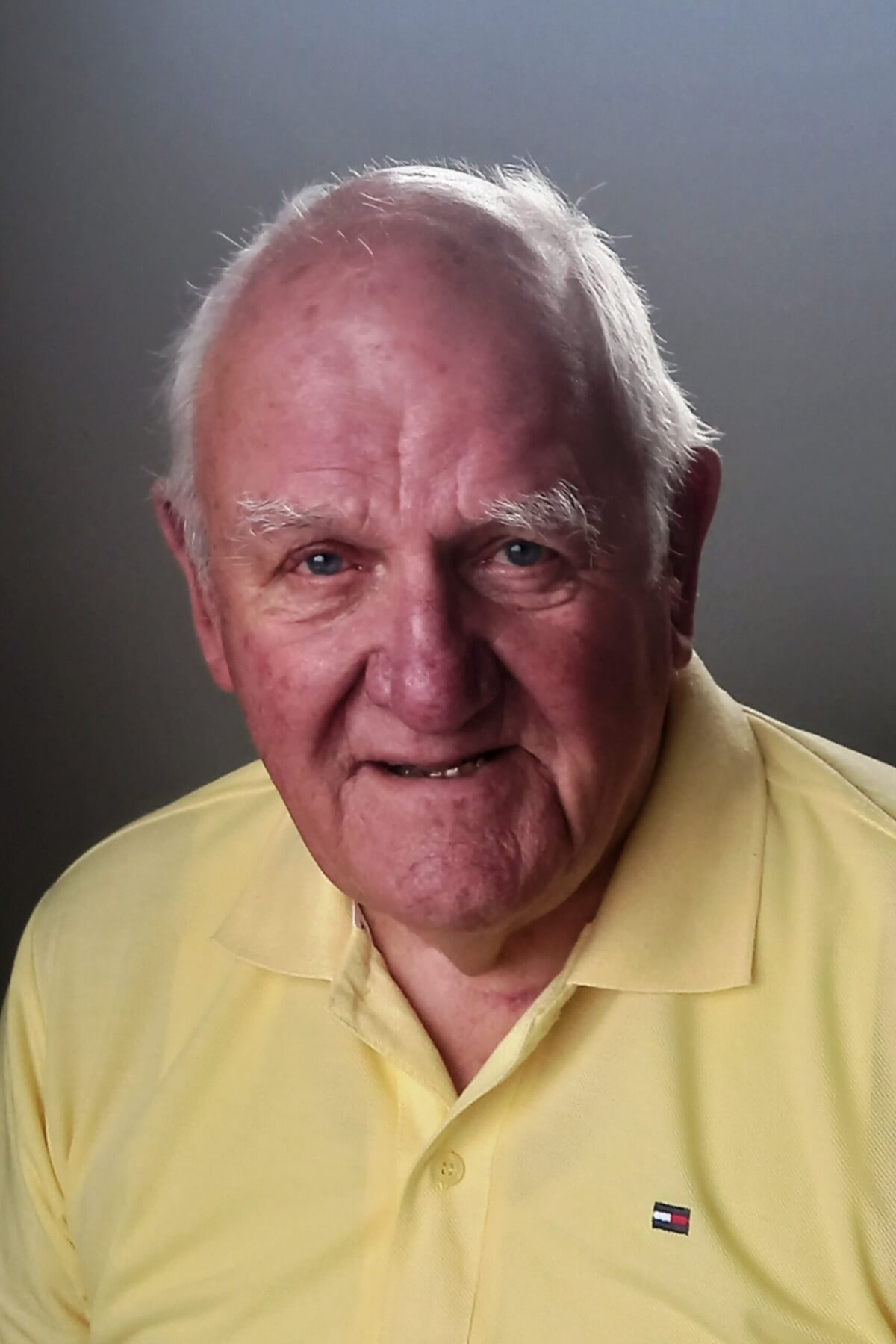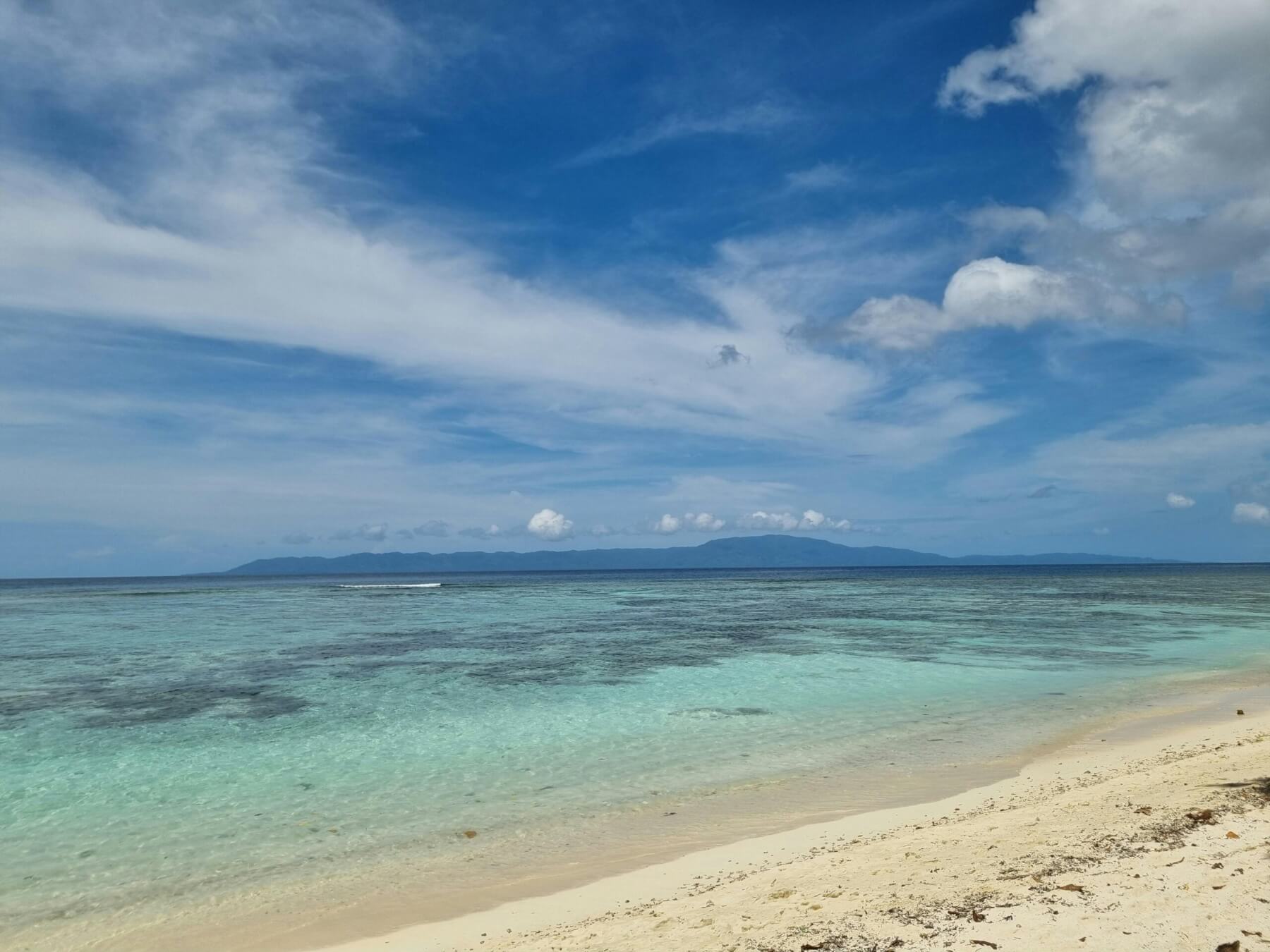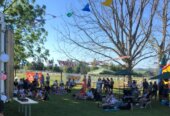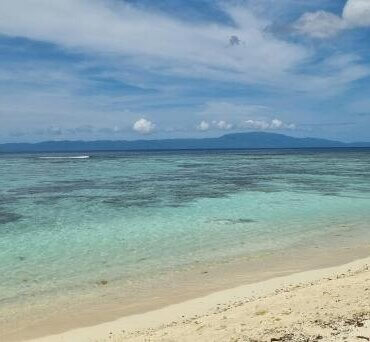
Serene Beach in Gizo Solomon Islands. Photo: Joel Orea
In my much earlier seagoing days I crossed the South Pacific 21 times – this during the early to mid-1960s on ships that carried mainly passengers and sometimes cargo. Today as I write this I am enjoying – or rather re-enjoying – the balmy seas and a gentle Southeast trade wind which is typical of this area.
This enjoyment is on board a very new expedition ship with just 230 passengers and 240 crew. This indicating a high level of service on board. We are mid-way between the Cook Islands outpost of Aituaki and the Samoan capital of Apia where we are due tomorrow morning.
So, I thought I would cover this week the remoteness of Samoa, its part in the international world and its very friendly people.
I first called there in 1975 when responsible for the mainline shipping service based on Auckland that was the lifeline for cargo with the rest of the world. Based in Auckland, Apia was one of the ports on the regular circuit that included Fiji, (then) Western Samoa, Tonga and the Cook Islands.
The reference to the (then) nature of Western Samoa is that it kept a clock time relevant to the eastern side of the international date line.
Traffic drove American style but trade was mainly with New Zealand. So, a few years ago the nomenclature ‘Western’ was dropped and the clocks realigned to be the same day and one hour different from Auckland. And the traffic moved to the other side of the road.
In the 1800s and early 1900s the Germans had a deep interest in South Pacific islands and trade and Samoa was one of these. Driving out of Apia the coconut trees are all growing in very Teutonic straight lines however, during WWI, the New Zealand army cleared the Germans out and British related rule took over – albeit due to New Zealand care and overview.
Independence came in 1962 and a major migration for work opportunities saw a marked growth of Samoan culture, religion and employment in mainly south Auckland.
The two main islands comprise by far the greater majority of the land mass – the governor general residing in Vailima – once the home of long-standing author Robert Louis Stephenson. Even the local beer’s label reflects the name of the house. The port has been well maintained as has the airport and there are regular services with Auckland. The open-sided houses (fales) reflect the need to use the trade winds to keep sleepers cool at night and tropical fruits are abundant.
Samoa is the jumping off point (by sea only) to the very remote three atolls comprising the Tokelau group – technically a part of New Zealand.
Twenty years or so ago I visited this group having been appointed to recommend a realigning of the regular shipping service from Apia that is the sole physical lifeline with the world. In the 1960s the New Zealand government, realising that there was no employment for the rapidly growing swell of young people, organised a major migration with work guarantees in the Rotorua forests and the Hutt Valley railway workshops. Now, almost two generations, later there is a large Tokelau population in New Zealand where they have become peaceable citizens. But constantly traveling home by sea to visit family connections.
Post Apia our journey will continue via a number of remote islands to terminate at the Solomon Islands – but more on that after. my return to Cambridge. And a Happy Easter to you all.



